Innovative technology refers to a new technology created in the field of
new energy vehicles, an important applied technology that can solve technical
difficulties and technical bottlenecks in key core areas of new energy vehicles.
The innovative technologies participating in the evaluation must be actually
applied in products, and the product form must be put on the market.
Cutting-edge technology refers to major technologies that are
forward-looking, pioneering and exploratory, and can become an important basic
technology for the upgrading of future product technologies of new energy
vehicles and promoting industrial development.
The selection process was officially launched in March 2019, and a total of
96 innovative technologies and 54 cutting-edge technologies were collected.
After formal review, 71 innovative technologies and 37 cutting-edge technologies
entered the preliminary evaluation; after review by the Science and Technology
Committee, 18 innovative technologies and 15 cutting-edge technologies entered
the final evaluation. After the final review, 8 innovative technologies and 8
cutting-edge technologies were rated as the "Global New Energy Vehicle Frontier
and Innovative Technologies" in 2019.
Innovative Technology
Huawei 5G+C-V2X vehicle communication technology
Huawei's 5G+C-V2X vehicle communication technology supports the development
of intelligent connected cars in the 5G era. The high speed and low latency
characteristics of 5G can support smart cars to obtain road data such as
high-precision maps faster; C-V2X can support direct communication between
vehicles and road infrastructure, other vehicles, vulnerable traffic
participants, etc. This technology is based on Implemented by Huawei's
independently developed 5G vehicle communication module MH5000 and 5G
communication chip Balong5000. Balong5000 is the world's first 5G chip
supporting C-V2X car networking technology.
Toyota's high power density stack design technology
Toyota's MIRAI is the world's first mass-produced fuel cell vehicle. The
power density of the fuel cell stack used in the vehicle can reach 3.1kW/L,
which represents the top international level. In order to increase the output
power of the fuel cell, MIRAI uses platinum-cobalt alloy, which increases the
catalytic activity by 80%. At the same time, through advanced stack structure
and control methods, the size of the fuel cell monolith is reduced, making the
fuel cell smaller and lighter; compared with the previous version, MIRAI's stack
current density has increased by 1.4 times.
Ningde era's high specific energy and fast charging lithium-ion battery
technology
This technology uses graphite anode materials for fast-charging batteries.
It uses channel optimization and "fast ion ring" technology to create a circle
of high-speed channels on the graphite surface, which greatly improves the
embedding speed of lithium ions in the graphite anode and can achieve 80%
charging in 10~12 minutes. % SOC, combined with the adjustment of parameters
such as the crystal orientation and capacity excess coefficient of the positive
and negative electrode plates, and the design of supporting mechanical parts,
thermal management and fast charging BMS, to achieve the optimal match between
the chemical system and battery design parameters, while achieving fast charging
Maintain high energy and long life characteristics.
Tesla SiCMOSFET-based motor controller
Motor control technology is key to creating high-performance motor systems.
Tesla has developed and mass-produced high-power motor controllers based on
SiCMOSFET. The motor controller based on SiCMOSFET has high switching frequency,
good heat resistance and low loss, and allows the motor to be further
miniaturized and lightweight. This technology can reduce the cycle power
consumption of electric vehicles and increase the vehicle's driving range on a
single charge. At present, this electronic control technology has been applied
to Model 3 pure electric vehicles in large quantities.
Nissan e-POWER technology: dedicated to engine power generation, pure motor
drive
Nissan's e-POWER technology uses pure electric vehicle control technology
and component technology to adjust the engine to specific specifications and
settings for power generation. It successfully achieves low fuel consumption and
energy saving by optimizing the capacity and power of the battery as well as the
power and timing of power generation. Emission reduction effect. Utilizing the
technology that physically separates the e-POWER drive system from the engine,
the engine operating point with the best fuel consumption can be selected
without considering the operating conditions, thereby effectively improving the
engine thermal efficiency.
Gore's expanded polytetrafluoroethylene enhanced ultra-thin proton exchange
membrane technology
Reinforced ultra-thin proton exchange membrane is a key material that is
required for almost all mass-produced fuel cell vehicles. Gore's expanded
polytetrafluoroethylene-reinforced ultra-thin proton exchange membrane has a
unique ultra-thin structural enhancement design, the optimization of conductive
resins and additives, and a special production process to achieve a balance of
performance, durability and overall cost, providing It provides a guarantee for
the industrialization of fuel cell vehicles.
Key technologies of BYD Auto’s high-efficiency and high-power wheel drive
system
The key technologies of BYD Auto's high-efficiency and high-power wheel
drive system include advanced innovative technologies such as deep integration
technology of motor and drive axle wheel, motor core direct cooling technology,
distributed precision control technology, IGBT multiplexing and fusion
technology, etc., which solve the problem of pure Technical difficulties in the
full-aisle low floor of electric city buses. This technology is the first of its
kind in China and has been applied in large quantities on pure electric city
buses.
BMW eDrive electric drive technology
BMW eDrive electric drive technology has an extraordinary compact design.
This technology integrates motors, transmission systems, and power electronic
equipment into one, and can be installed in different vehicle models, including
plug-in hybrid vehicles or pure electric vehicles. Based on the modular power
unit design, motors and power batteries of different sizes, performances and
structural shapes can be flexibly combined. This technology brings significant
optimizations in vehicle performance, range, weight, space and flexibility.
advanced technology
Intelligent driving car synthetic aperture special
The synthetic aperture specialty is a high-resolution imaging specialty.
Its basic principle is to use the movement of the car platform to synthesize the
echoes from different locations and create a virtual large antenna aperture,
thereby improving the azimuth resolution. to millimeter level. With the rise of
smart driving, this technology can be applied to automotive fields such as
high-precision map positioning and valet parking.
Solid lithium battery
Solid-state lithium batteries have the outstanding advantages of high
energy density, high safety and long cycle life. The solid electrolyte of
solid-state lithium batteries can form a stable interface with the positive
electrode and can block the puncture of lithium dendrites, making it possible to
use high-voltage positive electrode materials and high-energy-density lithium
metal negative electrodes. While improving safety, the energy density of lithium
batteries is increased, which greatly improves the economy and environmental
protection of new energy vehicles.
Intelligent connected car basic data cloud control platform
The basic data cloud control platform for intelligent connected cars adopts
a three-level technical architecture of edge cloud, regional cloud, and central
cloud. Based on group decision-making driven by big data, it solves the
technical bottlenecks of bicycle intelligence in terms of sensing range and
collaborative control, realizes all-factor networked perception and
collaborative control of pedestrians, vehicles and roads, comprehensively
improves traffic safety and optimizes traffic efficiency. Promote the in-depth
integration of intelligent connected driving and smart transportation.
High power density silicon carbide automotive motor drive controller
technology
Silicon carbide devices have high temperature, high efficiency and high
frequency characteristics, and their application to motor controllers can
improve their power density and efficiency while reducing costs. The key to
technology is to solve three major scientific issues: carrier transport
mechanism of high-temperature SiC chips, multi-stress coupling mechanism of SiC
module packaging system, and electromagnetic interference generation and
propagation mechanism. In addition, breakthroughs need to be made in SiC chip
current transport enhancement and SiC planar double-sided cooling. Key
technologies such as packaging and controller integration methods.
Three-dimensional braided carbon fiber composite automotive lightweight
technology
Three-dimensional braided CFRP component molding is a braiding method that
can directly manufacture fiber preforms from fibers. Compared with the
traditional method of laying two-dimensional woven fabrics to form laminated
fiber preforms, three-dimensional weaving technology reduces cutting, laying,
preforming and other processes, significantly reducing process links and
corresponding process costs. The application of this technology will have a
significant impact on automobile structural design, body component processing
and vehicle manufacturing.
Fuel cell power system—high specific power automotive fuel cell stack
The fuel cell stack is the core component of the fuel cell system, and its
specific power determines the power performance and cost of the vehicle engine.
High specific power fuel cell stacks can achieve high power loading in a limited
space and improve vehicle power performance. At the same time, under the same
power output, the usage of materials and other hardware can be reduced, reducing
the cost of the stack, thus accelerating fuel cells. The arrival of the era of
automobile commercialization.
Distributed electric drive system technology
Distributed electric drive systems usually use multiple wheel hub/wheel
drive systems to replace a centralized drive system of traditional electric
vehicles. They have the advantages of short transmission chain, efficient power
transmission, compact structure, and convenient chassis layout. They provide a
basis for modularization and serialization of vehicles. Development and interior
space design have created a huge room for development. Through electronic
control technologies such as torque distribution and composite braking, the
active safety of the vehicle can be significantly improved, and the driving
performance and energy efficiency of the vehicle can be improved.
Electric vehicle wireless charging technology
Electric vehicle wireless charging technology is a technology that uses the
principle of electromagnetic induction to charge electric vehicles in a
non-contact manner. The application of this technology is usually to install two
coupling coils on the ground end and the vehicle end, and use the magnetic field
coupling between the two coils to realize the transmission of energy from the
transmitter to the receiver. Wireless charging of electric vehicles avoids the
direct electrical connection between the on-board charger and the ground-side
power supply, and has the characteristics of easy operation, high safety, and
strong environmental adaptability.
Read recommendations:
LR03
Battery maintenance.18650 lithium battery cells
Key points for purchasing lithium batteries
402030 battery sales
18650 lithium ion battery cell
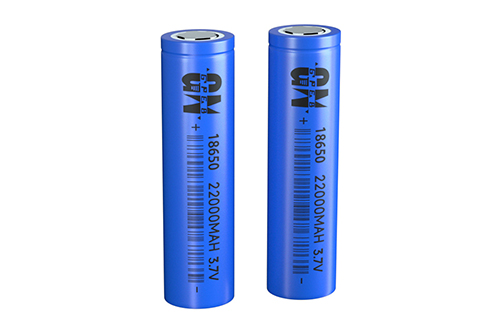
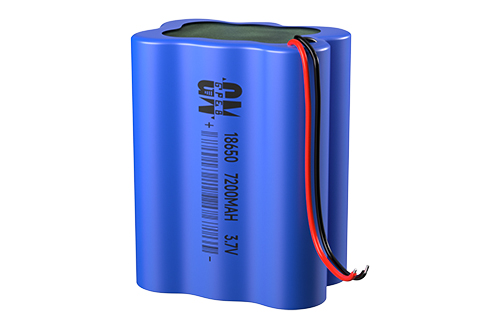

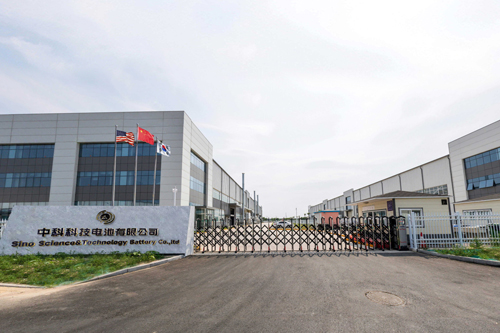

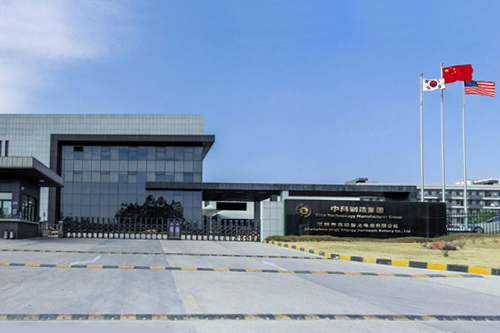

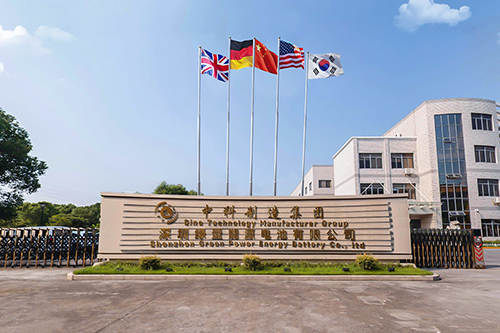

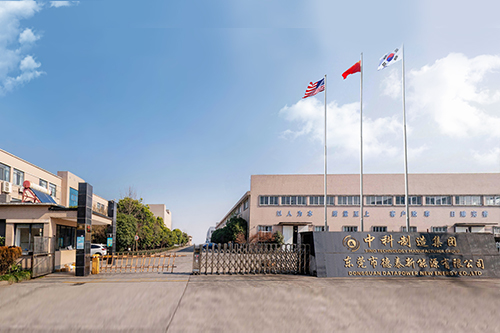

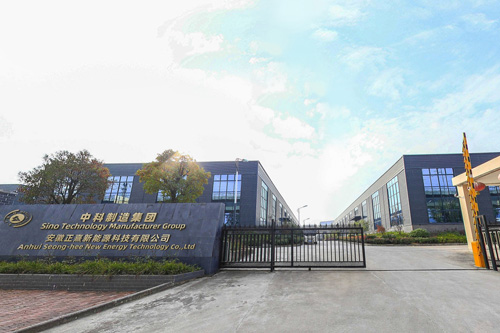

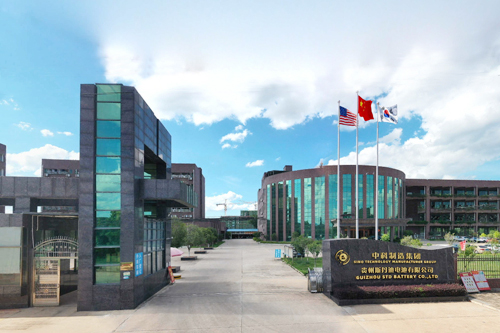






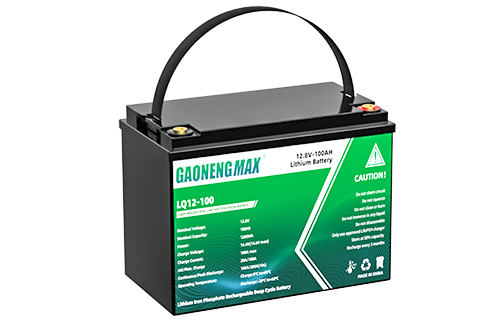
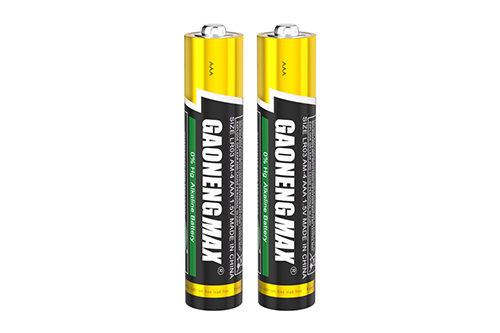

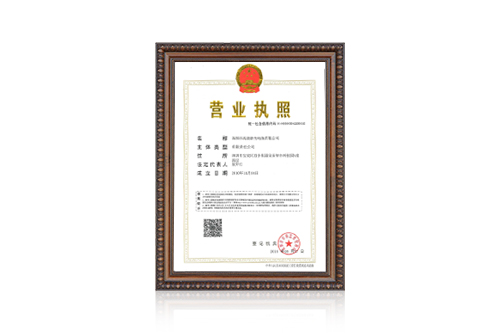
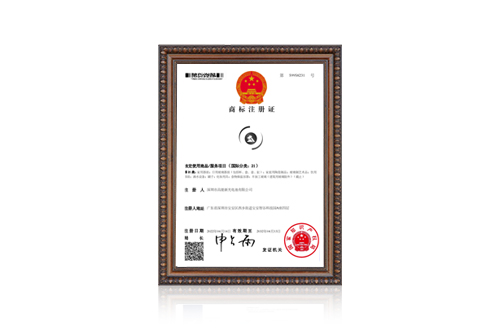
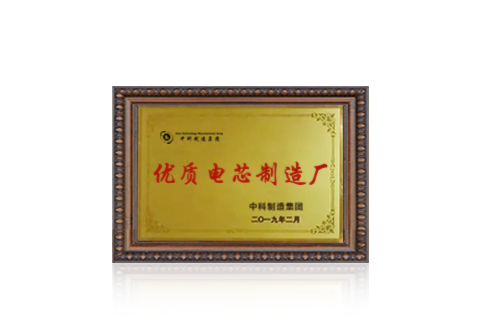

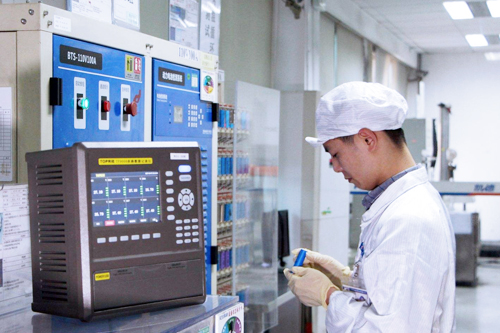















 360° FACTORY VR TOUR
360° FACTORY VR TOUR
 Whatsapp
Whatsapp
 Tel
Tel Email
Email TOP
TOP